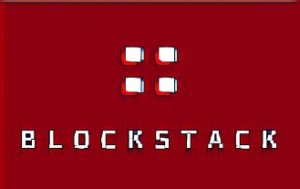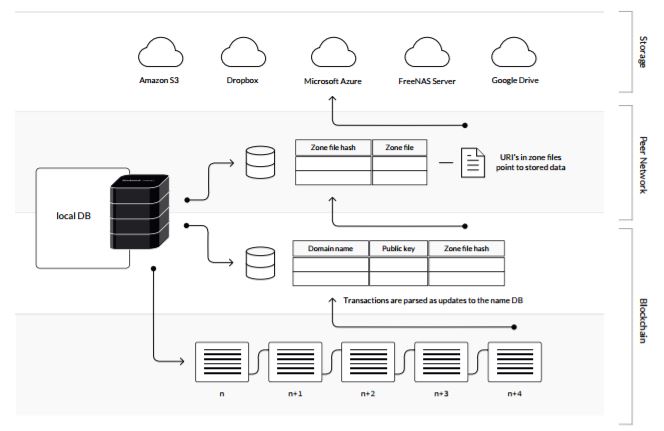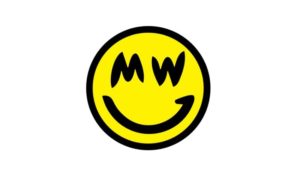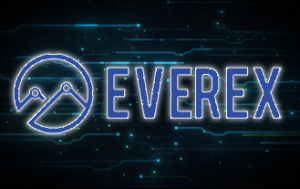Blockstack: Decentralizing Internet Through Blockchain Technology And Cryptography

The advent of bitcoin brought about a wave of decentralization. Internet enabled the advent of bitcoin, but it also enabled a deeply centralized ecosystem to develop. Therefore, it is paradoxical that bitcoin depends on the deeply centralized internet to operate in a decentralized manner. Blockstack wants to solve this paradox. This start-up aims to use the underlying technology behind bitcoin – blockchain – to re-claim the internet from entities and corporations that centralized it, contrary to the intention of its founders.
Blockstack Reclaiming the Internet
Blockstack nevertheless, will not only use blockchain to reclaim the internet from those entities and corporations that centralized it. Blockstack doubles down on that paradox of decentralized technology producing centralization to allow for further decentralization, by using the infrastructure that centralized the internet to its advantage. This sounds like a complex idea, but it is possible to understand it conceptually.
Based on these ideas, Blockstack will reclaim the internet and decentralize it using the following layers:
- Blockchain technology – to assign ownership. Domains for example, will be tied to on-chain public addresses. They will then operate on a layer above that blockchain, on a virtual chain of sorts that will be immune to the kind of stagnation blockchain projects face when an upgrade or a change is necessary.
- Zone files stored in a peer network index – separation between discovery of data and data storage. This is called the Atlas network, which allows zone files to be written only if they were previously announced on the blockchain. Peer nodes all have a copy of zone files, effectively replicating copies of the routes through which data is accessed, but allowing the data to be stored elsewhere.
- Storage and encryption – Blockstack will use the centralized internet storage infrastructure to store data. Any piece of data stored in these centralized servers, will be encrypted, which means it will be useless to anyone who stores it or hacks into a server to steal it. This allows Blockstack to scale its solution quickly without establishing the kind of on-chain storage parameters that are at the center of bitcoin scalability issues, for instance. It also allows Blockstack to capitalize on existing infrastructure instead of building it anew.
Blockstack: Stacking up Layers to Decentralize
The layers described above, should interact in such a way that the user will not be able to see the difference between browsing on the decentralized Blockstack browser or on any other traditional centralized browser. Stacking up these three layers to decentralize the internet seamlessly, allowing us to reclaim control over the data we upload, while making it a true P2P experience, is nothing short of revolutionary. However, it will take time until we are all using this browsing system and these layers to carry out our daily internet activities.

Addicted to Centralized Networks
Most of us – if not all of us – use centralized apps every day. We use search engines and social networks, chat rooms and apps, all of which are centralized. It will take time until we adapt to a new internet, and it will take time for that new internet to catch up with what we are used to. Will we be able to use Google’s search engine to help us sift through those zone files and tell us which is the most relevant site given our query? Will Blockstack even be backwards-compatible with all these services we are so used to or will we have to develop a new, decentralized crop of apps to satisfy the irresistible crave of posting a clip of our cat doing something ridiculous?
That remains to be seen. The corporations behind the centralized apps and services we use every day might feel compelled to upgrade their services to keep up with the new standards, or new companies will supply them on this new version of the internet. It all depends on demand, and to generate demand, Blockstack must match its technical brilliance with adequate UX.
Blockstack’s Success so far
In the meantime, it seems that Blockstack is slowly gathering momentum. Blockstack has more than 6,400 registered developers and north of 72,000 users registered by now. If it keeps on gaining momentum we might see this start-up solve the paradox of decentralizing the internet using the tools that certain entities relied on to centralize it, plus blockchain and encryption. We will be following Blockstack closely and bringing you more updates on it.






